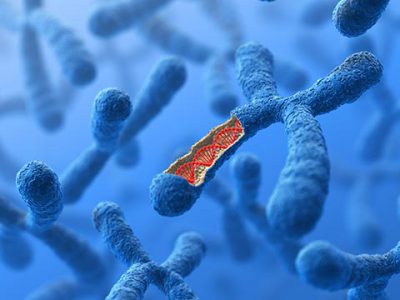
The parents were desperate to save their daughter. They had already lost their son. “By the time I met Tohar, she was three years old and paralyzed,” relates Prof. Dror Mevorach, head of the Hadassah Medical Organization’s Department of Medicine B and a renowned solver of medical mysteries. “She couldn’t walk or stand. The clock was ticking.”
Tohar Maimon never met her older brother, Roey. Even in the advanced medical center in Tel Aviv where Roey was treated, no one could name or stop the progress of the disease that took his life when he was four years old.
Two years later, bereaved mom, Efrat Maimon gave birth to Tohar, which means “pure.” To her parents’ horror, by three months of age, Tohar was exhibiting disturbing symptoms. Her motor skills were severely delayed, and whatever movement she had was abnormally slow. Tohar began deteriorating as her brother had.
When Tohar was three, her parents’ search for a solution to this medical nightmare led them to Jerusalem and Prof. Mevorach at Hadassah Hospital Ein Kerem. “After meeting Tohar,” Prof. Mevorach says, “my team and I stopped working on all other projects. I just hoped there was still enough time to save her.”
The Maimon family didn’t feel they could wait. They had almost lost hope in conventional medicine, so they traveled to China to have Tohar treated by alternative medicine. “We had to try everything to save our little girl,” explains Shaul Maimon, Tohar’s father.
Four thousand miles from Israel, Mr. Maimon’s cell phone rang. It was Prof. Mevorach. “I can still hear his words resounding in my ears,” Mr. Maimon recalls. “We found the gene, come back home,” the doctor told him.
Prof. Mevorach had worked with Prof. Orly Elpeleg, head of Hadassah’s Department of Genetic and Metabolic Diseases, to identify the gene. The process took a month. From the beginning, Prof. Mevorach’s hunch was that the disease was connected to the body’s “complement system,” which works to identify and destroy bacteria and viruses. When a genetic mutation causes a problem in the complement system, serious problems arise. A gene called CD59 had mutated and was responsible for making Tohar sick.
It took Prof. Mevorach and his team another three weeks to find the right treatment. In the meantime, Tohar was in critical condition in the Pediatric Intensive Care Unit (PICU).
Prof. Mevorach hoped that a medicine called Eculizumab would stop the activation of the complement system. “At the time, this drug was the most expensive in the world,” reports Prof. Mevorach. Fortunately, Alexion Pharmaceuticals donated the drug to save Tohar. Within a month, Tohar was stable and was able to leave the PICU. Four months later, Tohar was able to stand for the first time. She slowly learned to walk. She started kindergarten on time.
Five years have passed and Tohar still comes to Hadassah every two weeks for treatment. Today, her favorite class in school is gym. She’s planning her ninth birthday celebration.
“We almost didn’t dare to hope for Tohar,” recalls her dad. “Prof. Mevorach saved her. I am so grateful to Hadassah.”
Prof. Mevorach is the only doctor who treats this deadly mutation. He receives monthly requests for diagnosis from patients throughout the world. “It’s the Hadassah way,” said Prof. Mevorach. “We won’t stop until we find what is making our patients sick. And then, we do everything we can to help them.”
In the renovated Round Building, he hopes to expand this international service and save even more lives. At Hadassah, it’s 360 degrees of healing.
